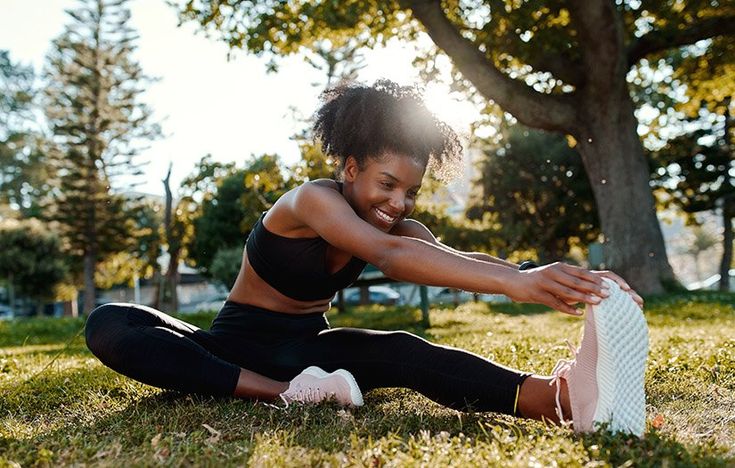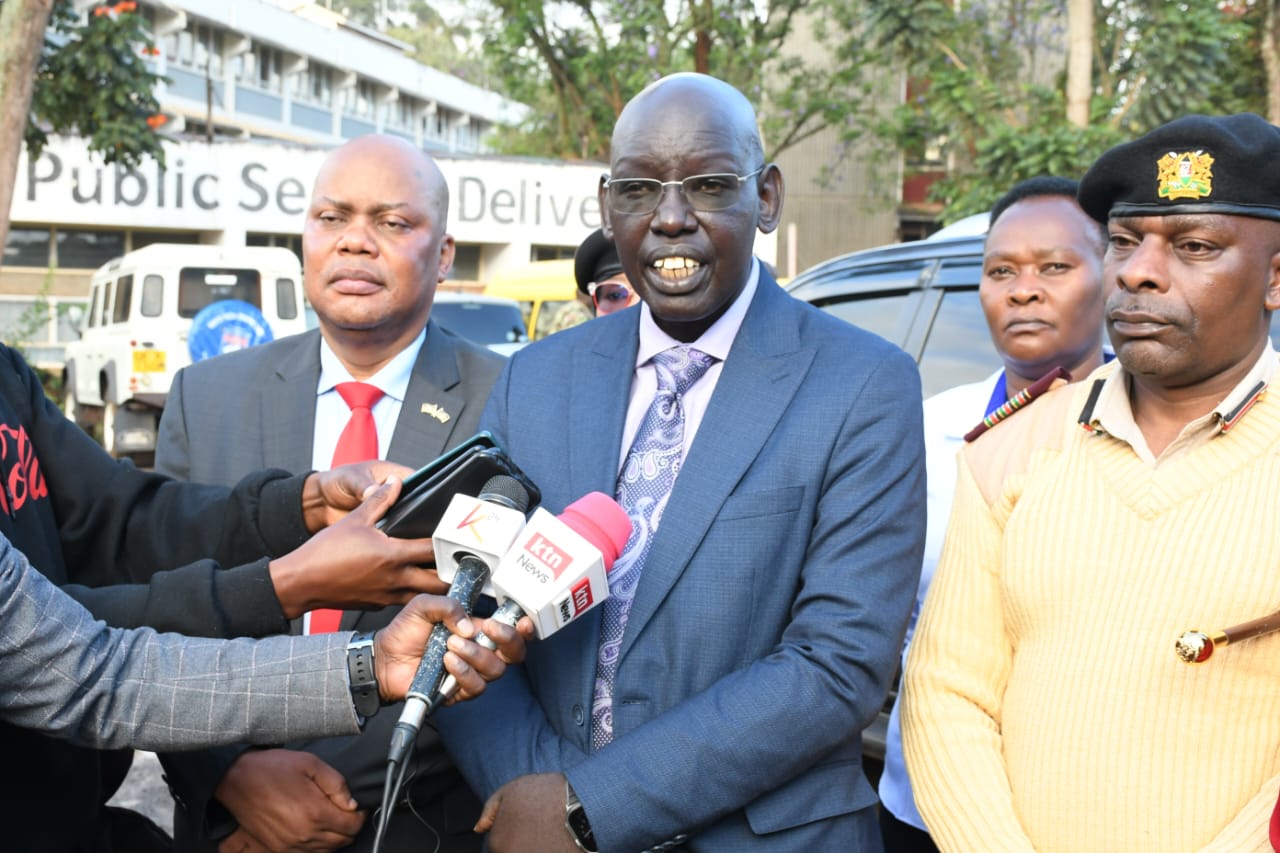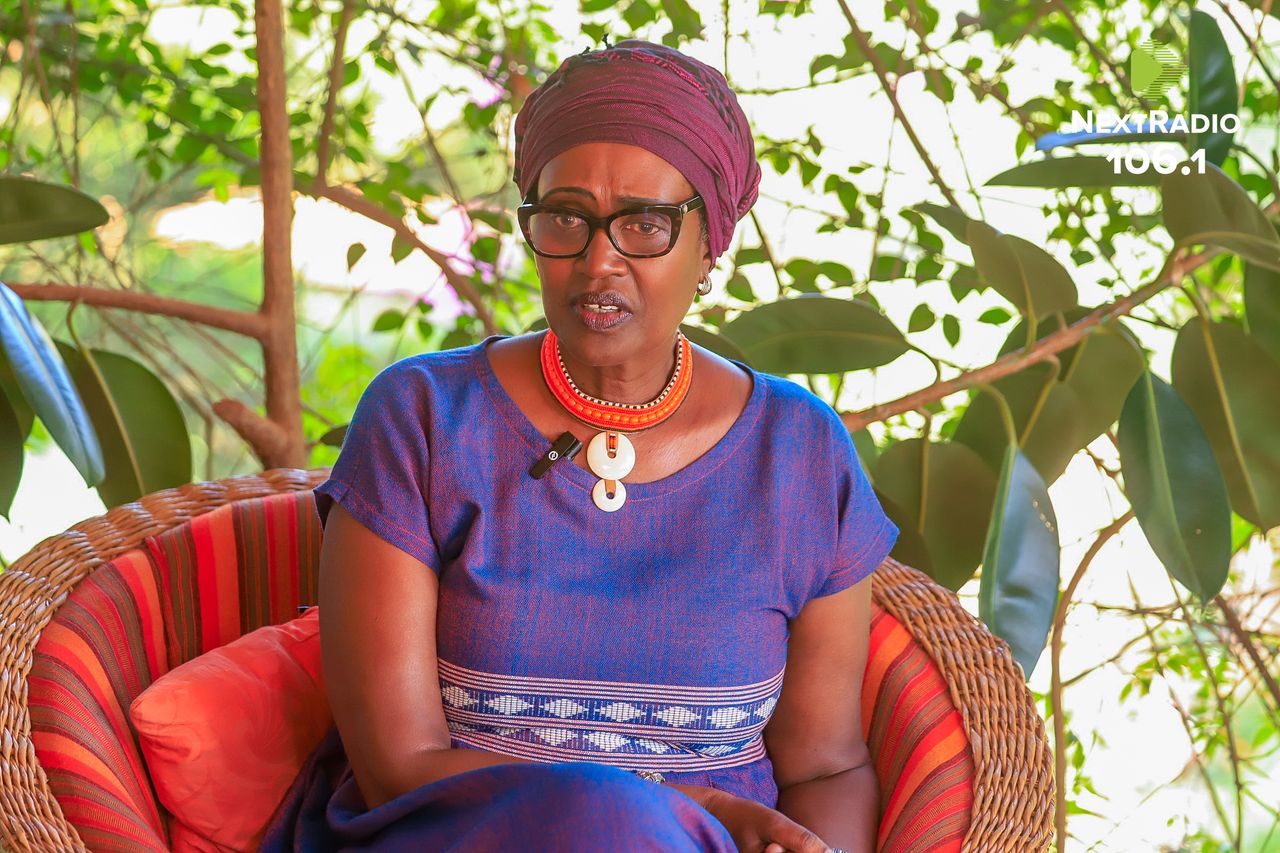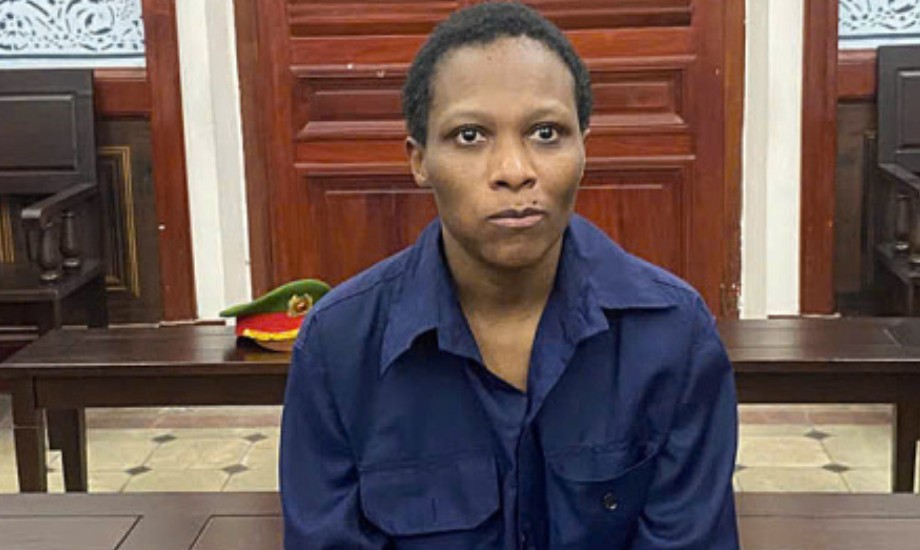Get up and stretch! Why stretching after turning 26 is essential for your health, according to experts

Muscle and joint stiffness are not the only issues that come with aging.
As we cross into our late 20s, many of us may start to feel the effects of aging, with the aches and pains of daily life becoming harder to ignore.
Whether it’s a sore back after hours of sitting at a desk or stiff muscles following an intense workout, flexibility can feel like something that is slipping away.
More To Read
- The hidden connection between snoring, interrupted sleep and rising global Parkinson’s epidemic
- Study flags stark inequities in global epilepsy care, medication
- Study suggests adolescence may last until age 32
- Home living: 10 essential items Kenyans should replace at least once a year
- Creativity is good for the brain and might even slow down its ageing - study
- Poor sleep could age the brain faster, study suggests
However, experts are quick to point out that regular stretching may be the answer to maintaining mobility, alleviating pain, and even preventing injury.
Dr. John Murebi, a physiotherapist at Tibabu Health Consultancy Clinic in Eastleigh, emphasizes that stretching is not just for athletes.
In fact, it is something that people of all ages should prioritise, particularly those over the age of 26.
“As we age, our muscles lose elasticity, and our joints become stiffer,” Dr. Murebi explains.
“This leads to a reduced range of motion, and simple tasks like bending down to tie your shoes or lifting something heavy can start to feel like a challenge.”
Muscle and joint stiffness are not the only issues that come with aging. According to Dr. Murebi, stretching can help counteract these natural processes by improving blood flow to muscles and increasing flexibility.
“Stretching helps elongate the muscles and lubricates the joints, reducing tension, improving posture, and even preventing injuries,” Dr. Murebi says.
Indeed, recent research supports this. A study in the Journal of Physical Therapy Science found that regular flexibility exercises significantly reduce the risk of injury and improve mobility. This is particularly important for individuals over 26, as the body’s ability to repair muscle fibers slows down, making it more prone to strain and fatigue.
Preventive measure
Personal fitness expert Brian Wahinya concurs, stressing the importance of stretching as a preventive measure.
“It’s crucial to start stretching regularly in your late twenties,” Wahinya says.
Stretching does not just benefit your muscles; it also supports your mental well-being.
As Wahinya points out, stretching can help alleviate the mental tension that accumulates over the course of a busy day.
“A good stretch helps release both physical and mental stress, offering you a chance to unwind,” he says.
For many, the transition into their late twenties marks the point when their bodies begin to show the wear and tear of life’s physical demands.
According to Dr. Murebi, the most common problems people face are muscle imbalances caused by prolonged sitting or repetitive movements, which lead to stiffness in areas like the neck, back, and hips.
“Muscles and joints naturally stiffen as we age,” Dr. Murebi says, “and if left unchecked, this can lead to poor posture, muscle strains, and joint pain.”
Stretching helps combat this by lengthening muscles and improving joint mobility. “Flexibility and mobility are key to injury prevention. If you don’t stretch, you risk tightening up, which can make daily activities more painful,” Dr. Murebi adds.
But stretching is not only about keeping the body limber.
It also plays an essential role in recovery after physical activity.
Wahinya explains that post-exercise stretching helps reduce muscle soreness and promotes circulation.
“After a tough workout, your muscles need help to recover. Stretching boosts blood flow, bringing oxygen and nutrients to your muscles while flushing out waste products like lactic acid, which can reduce soreness,” he says.
Furthermore, stretching helps maintain flexibility, which can prevent injuries in the future. “When you stretch after exercise, you counteract any tightness that develops during physical activity,” Dr. Murebi advises.
Despite the many benefits of stretching, both experts warn that improper techniques can lead to injury.
Overstretching, for example, can result in muscle strains or joint pain, while poor posture during stretches can cause discomfort or even nerve damage.
Wahinya stresses the importance of focusing on controlled, slow movements rather than bouncing or forcing a stretch. “Stretching should feel comfortable,” he says.
“If you feel sharp pain, stop. It should be a gradual process, not something that forces you to go beyond your limits.”
Dr. Murebi agrees, emphasising the importance of listening to your body. “Many people make the mistake of pushing through discomfort, thinking it will lead to better flexibility. But stretching should never cause sharp pain. It’s about finding that mild tension, not going past it.”
Consistency
Both experts also stress the importance of consistency.
“Stretching once in a while won’t cut it,” Wahinya says.
“Make it part of your regular routine, preferably daily or at least 2-3 times a week. The more consistent you are, the better the results.”
For Dr. Murebi, the key to effective stretching lies in balance.
“It’s not just about stretching one part of your body; target all the major muscle groups to ensure you maintain overall flexibility and prevent imbalances,” he advises.
In the end, stretching is a simple but powerful tool that can have lasting benefits, especially as we navigate our late twenties and beyond.
“Don’t wait until you’re feeling stiff or in pain,” Wahinya concludes.
“Start now and make stretching a habit to keep your body and mind in good shape for years to come.”
By taking the time to stretch, we can improve our flexibility, reduce pain, and enhance our overall quality of life as we grow older.
To help you get started, here are some stretches recommended by Dr. Murebi for people in this age group.
Neck stretch
“Start by sitting or standing comfortably. Gently tilt your head to one side, aiming to bring your ear toward your shoulder,” he says.
Then hold for 15-30 seconds, then switch sides. This stretch helps ease tension in the neck, which often builds up after long hours of sitting.
Shoulder stretch
“Bring one arm across your body at shoulder height and use your opposite hand to gently pull it closer. Hold for 15-30 seconds and then switch sides. This stretch targets tight shoulders, which are commonly neglected.”
Chest stretch
Stand with your feet shoulder-width apart, clasp your hands behind your back, and slowly lift your arms while opening up your chest. Hold for 15-30 seconds. This stretch counters the hunching posture many develop from sitting for extended periods.
Cat-cow stretch
Begin on your hands and knees. Inhale and arch your back (like a cow), then exhale and round your back (like a cat). Repeat this for about 5-10 cycles. This stretch improves spinal flexibility and relieves back tension.
Hip flexor stretch
From a kneeling position, step one foot forward into a lunge, keeping the other knee on the ground. Gently push your hips forward to stretch the hip flexors for 15-30 seconds, then switch sides. Tight hip flexors can lead to lower back issues, making this stretch especially important.
Quadriceps stretch
Stand tall and grab your ankle behind you, pulling it towards your glutes while keeping your knees close together. Hold for 15-30 seconds. If you need more balance, you can use a wall or chair for support. This stretch helps maintain leg mobility.
Hamstring stretch
Sit on the floor with one leg extended and the other bent inward. Reach toward your toes on the extended leg while keeping your back straight. Hold for 15-30 seconds. This stretch helps loosen tight hamstrings, which can affect your overall movement.
Calf stretch
Stand facing a wall, place one foot behind the other, and press the back heel into the ground as you lean into the wall. Hold for 15-30 seconds, then switch sides. This stretch keeps your calves flexible, which is crucial for activities like walking or running.
By incorporating these stretches into your daily routine, you will improve your flexibility, enhance your posture, and set the stage for a more comfortable and active life as you age.
Top Stories Today















































